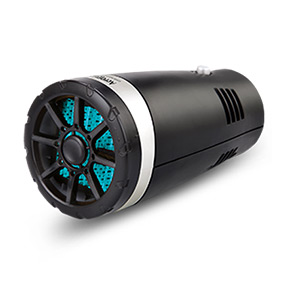Throttle cable maintenance tips for optimal performance and longevity in your vehicle
Understanding Throttle Cables Function and Importance
Throttle cables are an essential component of modern vehicles, playing a crucial role in the operation of internal combustion engines. This seemingly simple cable is responsible for controlling the engine's power output in response to the driver's input on the accelerator pedal. Understanding the function and importance of throttle cables can provide valuable insight into how vehicles operate and maintain optimal performance.
The throttle cable serves as a physical connection between the accelerator pedal and the throttle body, which regulates the airflow into the engine. When a driver presses the accelerator, the pedal pulls the throttle cable, which in turn opens the throttle plate in the throttle body. This allows more air to enter the engine, increasing the fuel-air mixture and consequently boosting the engine's power output. The relationship between the throttle cable and engine performance exemplifies the fundamental aspects of vehicle dynamics and driver control.
Over time, throttle cables can experience wear and tear due to constant motion and the harsh conditions of the automotive environment
. Common issues include fraying, stretching, or even complete breakage, all of which can lead to diminished vehicle performance or, in extreme cases, a complete inability to accelerate. Regular maintenance checks can help identify problems early, allowing for repairs or replacements before they lead to significant issues. It is crucial for vehicle owners to be aware of the symptoms of a failing throttle cable, such as sticky acceleration or an unresponsive pedal, and to seek professional assistance when necessary.throttle cable

In the era of advanced technology, many new vehicles are now equipped with electronic throttle control systems, which use sensors and actuators instead of traditional cables. While this technology offers increased responsiveness and efficiency, the basic principles of throttle control remain the same. Even with these advancements, understanding the role of the throttle cable in older vehicles or in performance applications is invaluable for anyone interested in automotive mechanics.
For enthusiasts and mechanics, upgrading or modifying the throttle cable can be a straightforward way to enhance performance. Shorter cables with reduced friction, for example, can improve throttle response, making for a more engaging driving experience. Additionally, ensuring that the throttle cable is properly adjusted can significantly influence the feel of the vehicle, enhancing the driver’s connection to the machinery.
In conclusion, while often overlooked, throttle cables are a vital link in the chain of a vehicle’s performance. Understanding their function not only helps in maintaining vehicles but also enhances the overall driving experience. Whether you're a casual driver or a dedicated enthusiast, appreciating the role of throttle cables can lead to better vehicle management and more enjoyable journeys on the road.
-
Upgrade Your Vehicle with High-Quality Handbrake CablesNewsNov.01,2024
-
Optimize Your Bike's Performance with Quality CablesNewsNov.01,2024
-
Enhance Your Vehicle's Performance with Quality Clutch ComponentsNewsNov.01,2024
-
Elevate Your Vehicle's Performance with Quality Throttle CablesNewsNov.01,2024
-
Elevate Your Vehicle's Performance with Quality CablesNewsNov.01,2024
-
Affordable Solutions for Your Cable NeedsNewsNov.01,2024
